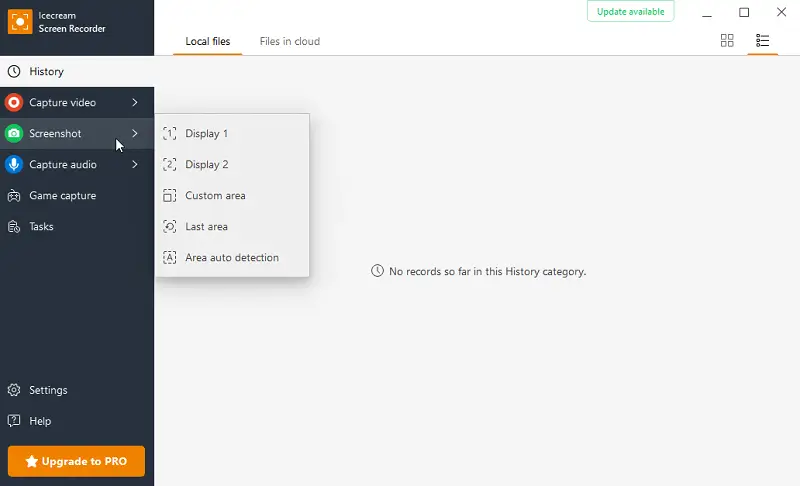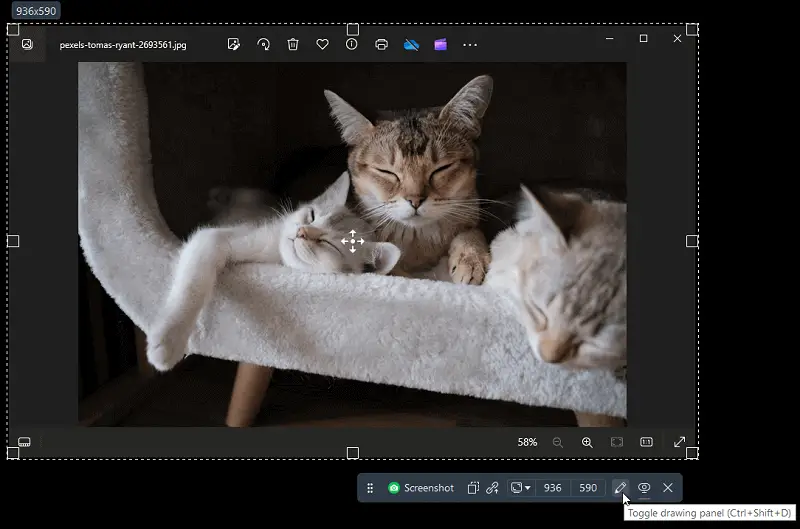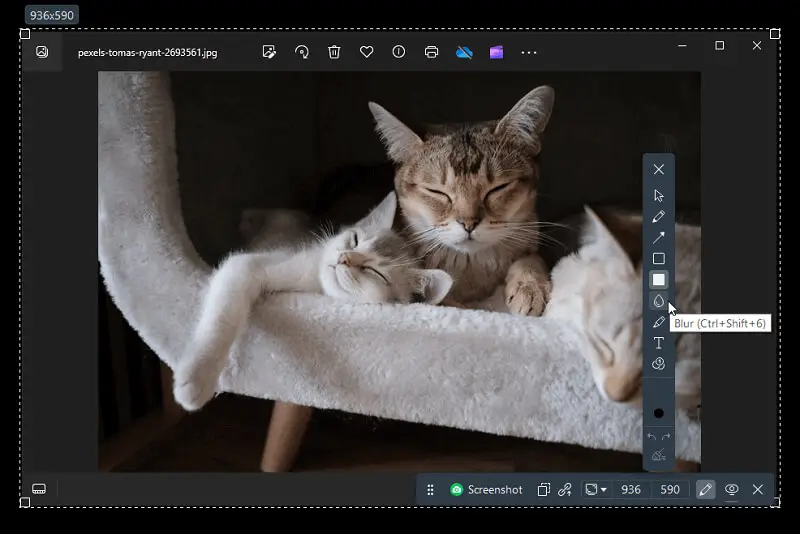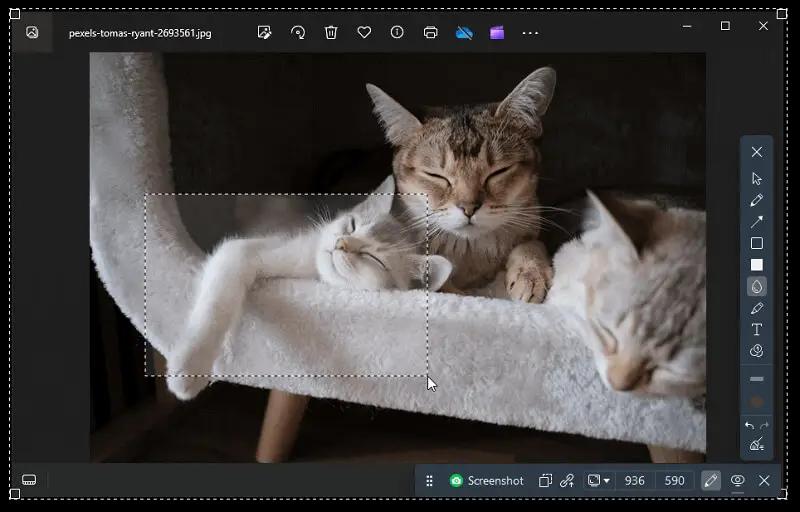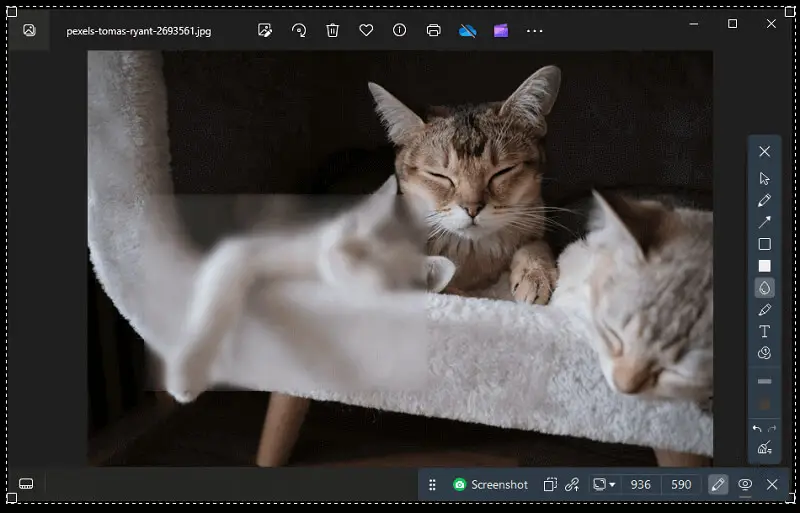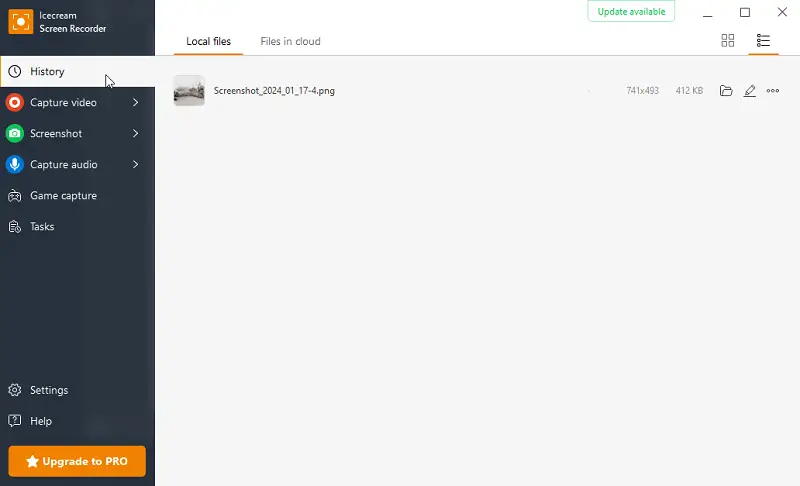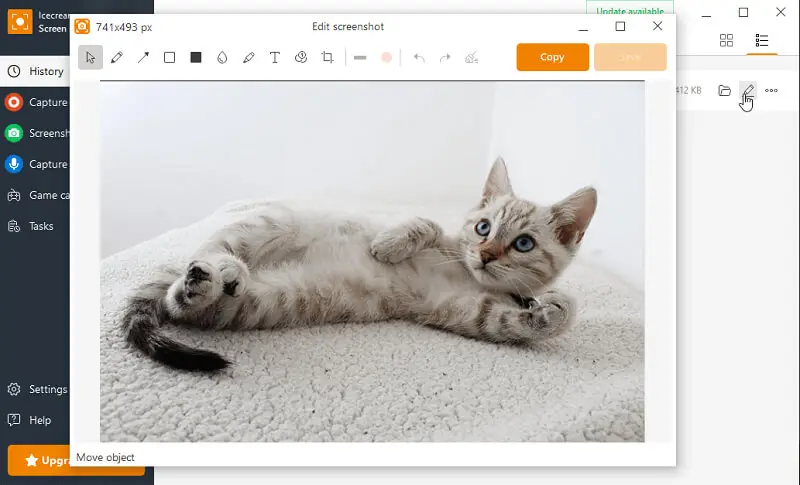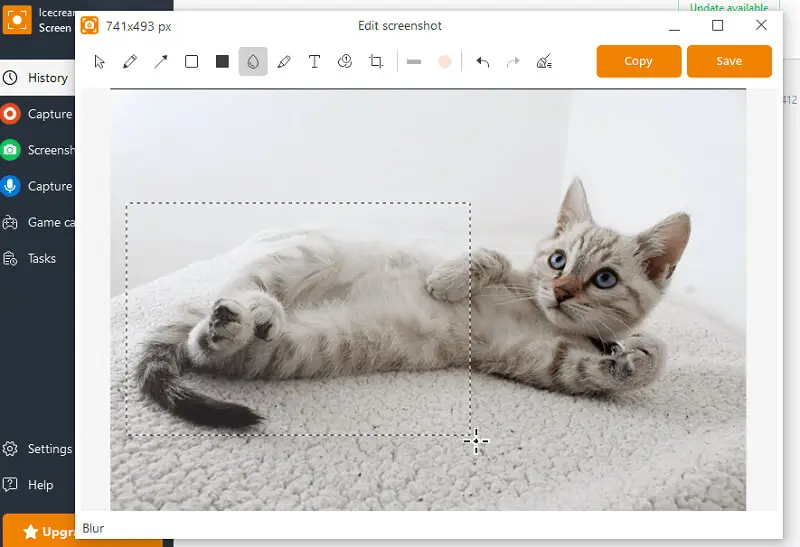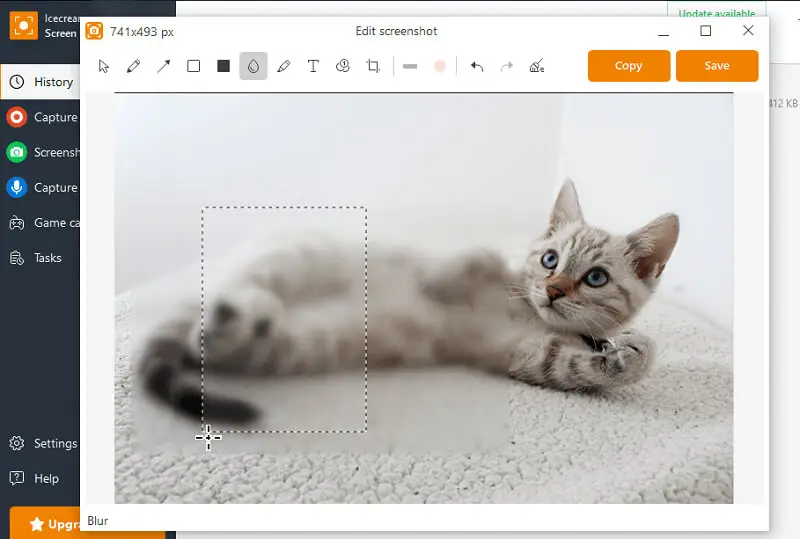How to Blur a Screenshot for Free
In today's digital age, keeping your personal information safe is more important than ever. When sharing screenshots, there's a risk of unintentionally revealing sensitive details. That's where knowing how to blur a screenshot can come in handy.
In this easy-to-follow guide, we'll show you how to blur your images step by step. Whether you're a professional who protects sensitive data or just someone who values online privacy, this article will give you the know-how to make your screenshots confidential.
How to blur a screenshot on Windows
Icecream Screen Recorder is a versatile and user-friendly software designed for capturing and recording screen activities on Windows and Mac platforms.
This feature-rich tool offers a range of functionalities, making it popular among users for various purposes, including taking screenshots. Blurring a screenshot with Icecream Screen Recorder is a straightforward process that can help you protect sensitive information before sharing it.
How to blur screenshots with Icecream Screen Recorder
- Download screen capture software and install the screenshot blurring tool.
- Open the webpage or application that you want to take a screenshot of.
- Launch the screen recorder.
- Click the "Capture video" button and select "Capture screenshot". You can either snapshot the entire screen or select a specific area.
- Once your screenshot area is set, hit the "Pencil" icon to open the drawing panel. This will open the editing menu. Trace the "Blur" tool and then use your cursor to shade the sections you wish to obscure.
- After blurring the necessary areas, tap the "Screenshot" button.
- Now you can save the resulting file, or upload it and share by URL.
Wondering what to do if you've already taken a screenshot but forgot to blur some details?
No need to fret! Thanks to the built-in image editor, you can blur the screenshot at any time. Let's walk through how to blur out a screenshot that has already been created:
- Open the screen recorder.
- Navigate to the "History" section and locate "Local Files" to access all previously taken screenshots within the application.
- Select the desired image and click the "Pencil" icon next to it.
- Now you can edit the screenshot. Enter the editing mode, and use the "Blur" button to apply the effect to the specific areas you wish to conceal. Adjust the blur intensity by layering on the same spot.
- Once you've blurred the required areas, save the screenshot.
Benefits of using our free blurring tool:
- User-friendly interface. With its simple interface, even beginners can easily navigate and use the screenshot software. The straightforward design ensures a smooth experience when capturing screenshots.
- All-in-one solution. The software serves as a comprehensive approach to screen recording, screenshot capture, and image editing. Users can seamlessly switch between these functionalities, streamlining their workflow without the need for multiple applications.
- Access to screenshots. The "History" and "Local Files" features enable users to access and manage all previously captured screenshots.
- Annotation tools. In addition to blurring, the image editor includes drawing and annotation tools. These features are handy for highlighting key points or adding visual context to the edited screenshots.
In summary, Icecream Screen Recorder combines ease of use, comprehensive features, and efficient image editing tools to provide a convenient solution for blurring screenshots and maintaining privacy. Its versatility makes it an ideal choice for users seeking a multipurpose screen recording application.
Reasons to blur the screenshot
The blur tool is a versatile instrument commonly found in image editing applications. It is used to soften or obscure specific areas of an image, making them less distinct. Below are several ways in which users can effectively utilize the blur effect.
Privacy protection
The primary use of the blurring tool is to protect privacy by obscuring sensitive or confidential information in screenshots. People can selectively blur out details such as names, addresses, phone numbers, or any other personal information before sharing the image.
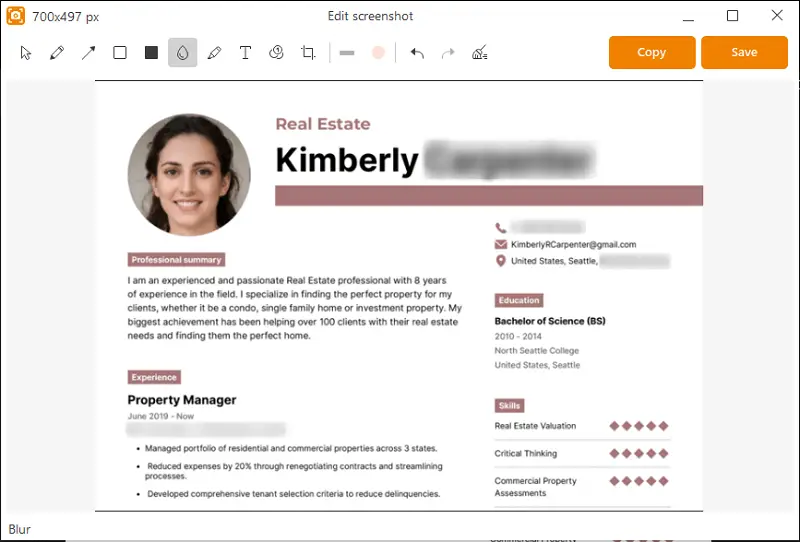
Redaction of text
When working with scanned documents that require some adjustment and when lacking a program equipped with OCR functionality, the blur text option becomes indispensable.
This is particularly useful for legal or confidential documents where certain information needs to be concealed while maintaining the overall integrity of the content.
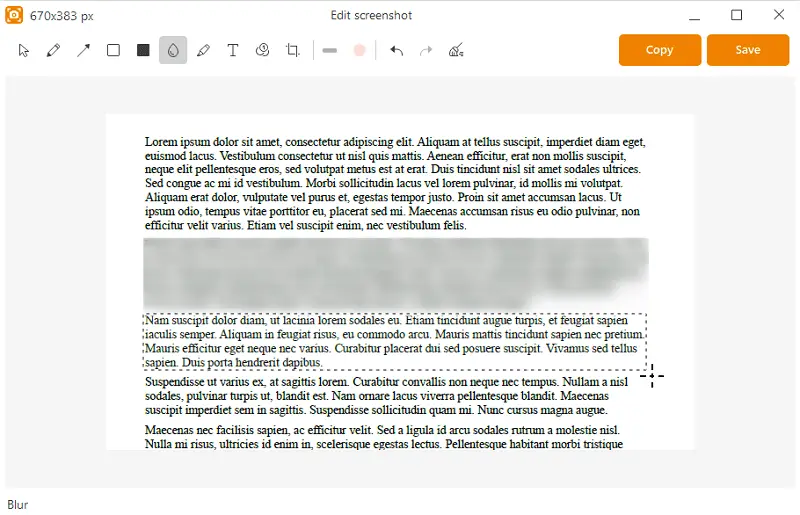
Moderation
Bloggers and moderators often use the blur tool to anonymize readers or objects in user-generated content. This is crucial for platforms and forums where privacy regulations must be adhered to, ensuring that the identities of individuals remain protected.
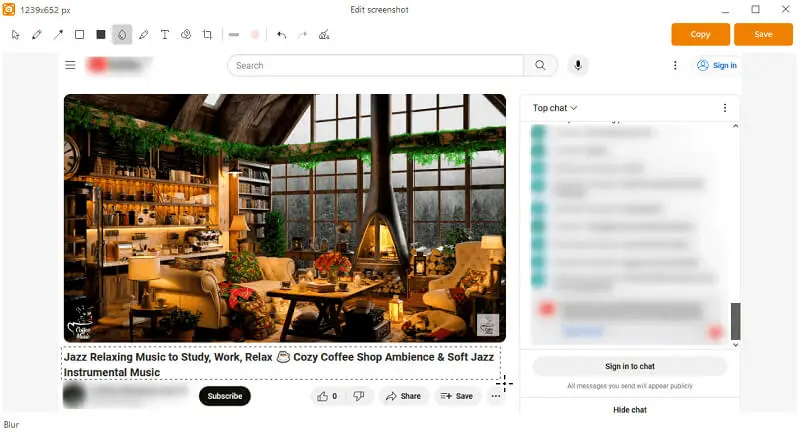
Focus on key elements
Creatively employing the blur effect helps direct the viewer's attention to specific elements within an image. By blurring the background or less important details, users can emphasize the main subject, creating visually appealing compositions with a clear focus.

Correction of imperfections
In photo editing, the blur option is a valuable ally for retouching imperfections. Editors can soften or blur out blemishes, wrinkles, or other minor flaws, resulting in a more polished and aesthetically pleasing final image.
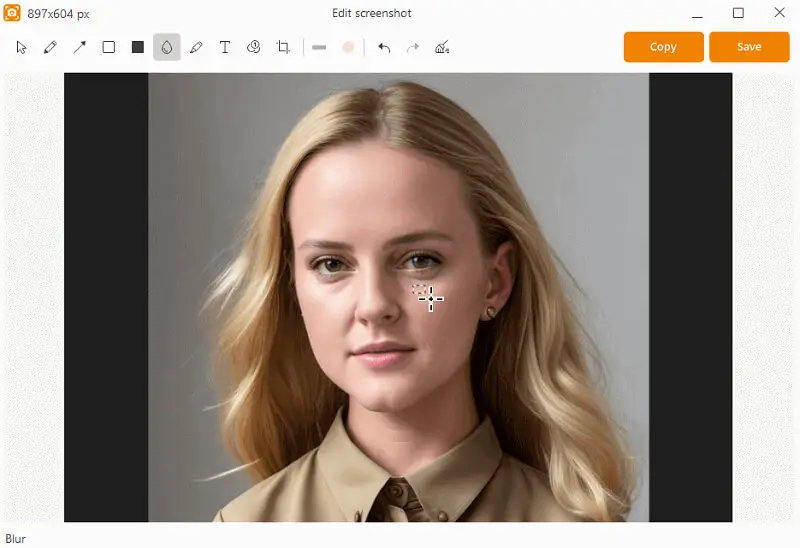
Creation of artistic effects
Beyond practical applications, the tool can be used to add depth and create unique visual effects. Adjusting the blur intensity creatively can lead to captivating and imaginative compositions, elevating the overall appeal of an image.
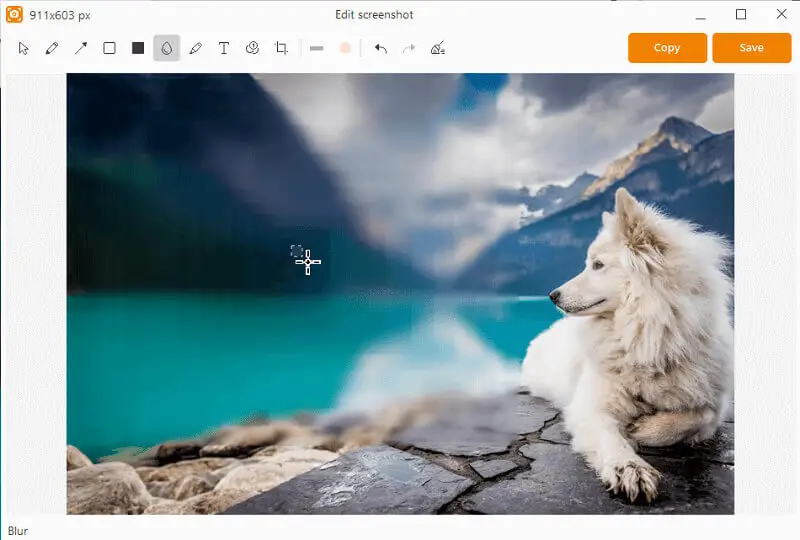
Highlighting motion
In dynamic images or screenshots with motion, the blur can convey a sense of movement. By selectively blurring specific parts of the image, it is possible to create a dynamic and energetic visual effect, capturing the essence of action.

Annotation
Combining the blurring tool with drawing features allows users to annotate specific areas. This approach is beneficial for providing context or explanations in tutorials alongside the blurred elements.
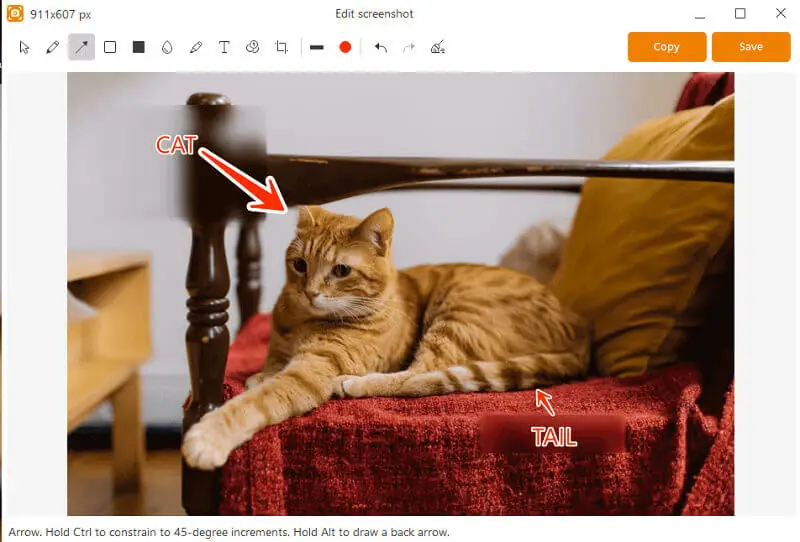
In conclusion, the blur tool is a multifaceted feature that caters to practical and creative needs across various domains, from privacy protection to artistic expression in digital content creation.
Pixelation vs. Blurring
Pixelation and blurring are two distinct techniques used to obscure or anonymize content in images, each with its own characteristics and applications. Below is a breakdown of the key differences between them.
| Feature | Pixelation | Blur effect |
|---|---|---|
| Method of Obfuscation | The details of an image are replaced with small square blocks, creating a mosaic effect. The size of these blocks determines the degree of pixelation and how much detail is concealed. | Involves smoothing out the colors and details in an image, creating a more uniform and softened appearance. The level of blurriness can be adjusted based on the desired effect. |
| Aesthetic Impact | Results in a more geometric and structured appearance. It can be easily recognizable due to the clear square blocks covering the obscured areas. | Provides a smoother and more organic look. It maintains the overall shape of objects but reduces the sharpness of edges, resulting in a more fluid and subtle effect. |
| Use Cases | Employed when a more abstract or stylized look is acceptable. It is commonly used to anonymize faces, license plates, or other sensitive information in images while preserving a certain level of visual interest. | Employed in various scenarios where maintaining a natural appearance is important. It is commonly used for obscuring text, backgrounds, or entire sections of an image, making it suitable for a broader range of applications. |
| Reversibility | In most cases, pixelation is reversible, especially if the original image has been saved without resizing or loss of information. Removing pixelation can often restore the original details. | The blurring process is generally irreversible, meaning that once an image has been blurred, it's challenging, if not impossible, to revert it to the original state. |
| Privacy Considerations | Effective for concealing details while maintaining a degree of visual recognition. It's often chosen for privacy protection in scenarios where anonymity is crucial. | Versatile and can be applied subtly for privacy protection without completely distorting the subject. It is suitable for occasions where it is desirable to retain some semblance of visual context. |
Screenshot blurring techniques
1. Average blurring
Also known as mean blurring, this technique involves averaging the pixels within a kernel (a small matrix) that moves over the image.
Effect: Smooths the image by reducing detail and noise.
2. Gaussian blurring
Uses a Gaussian function to create a weighted average around a pixel. The weights decrease with distance from the center of the kernel, giving more importance to closer pixels.
The Gaussian distribution is a mathematical function that describes the normal distribution of a set of data.
Effect: More natural-looking blur compared to average blurring, often used for removing visual noise.
3. Median blurring
Replaces each pixel with the median value of the pixels in the kernel.
Effect: Preserves edges better than average and Gaussian blurring, useful for removing salt-and-pepper noise.
Tips
- Adjust the strength by modifying the radius or intensity settings. A higher radius will make the blur more pronounced, while a smaller offers a gentler effect.
- For screenshots with several sensitive areas, edit each section individually. This provides better control and prevents over-blurring parts of the image you want to keep clear.
- Zoom in on the specific places of the photo you need to blur, especially if dealing with small text or fine details.
FAQ
- How do I adjust the level of blur in my screenshot?
- This depends on the tool you are using. In general, there will be an option to adjust the intensity or strength of the blur effect either through a slider or by manually entering a value.
- Can I unblur an image if necessary?
- The blurring applied using Icecream Screen Recorder is reversible during the editing process. However, once the edited screenshot is saved, the blurring becomes permanent, it cannot be reverted back to its original state. It's important to double-check and make sure you are satisfied with the result before saving your edited screenshot.
- What format should I save the blurred screenshot in?
- The format in which you save a blurred screenshot depends on your specific needs and preferences. However, commonly used formats that preserve image quality while maintaining a reasonable file size include JPEG and PNG. If you need to preserve transparency, PNG is often preferred.
- What are the common mistakes to avoid when blurring images?
- Be cautious of overblurring, which might distort the image to the point of losing its meaning.
- Is it better to crop a screenshot or blur it?
- It depends on the context. Cropping removes the sensitive information, while blurring still provides the surrounding context.
- Is blurring screenshots common in corporate environments?
- Yes, businesses often blur sensitive information in screenshots when sharing data across departments, externally with clients, or in presentations.
Conclusion
In conclusion, mastering the art of blurring screenshots is a valuable skill for anyone concerned about privacy or sharing sensitive information online. Whether you're protecting personal data, or simply adhering to ethical practices, the ability to effectively blur a screenshot can be an indispensable instrument in your digital toolkit.


